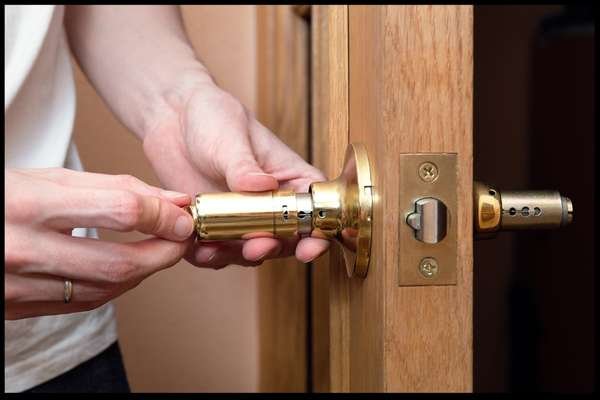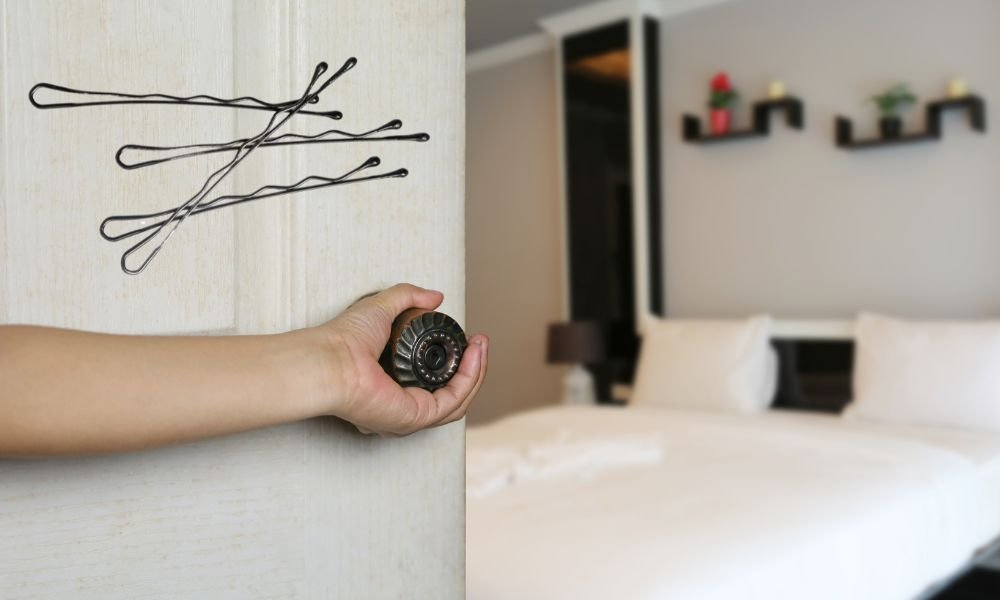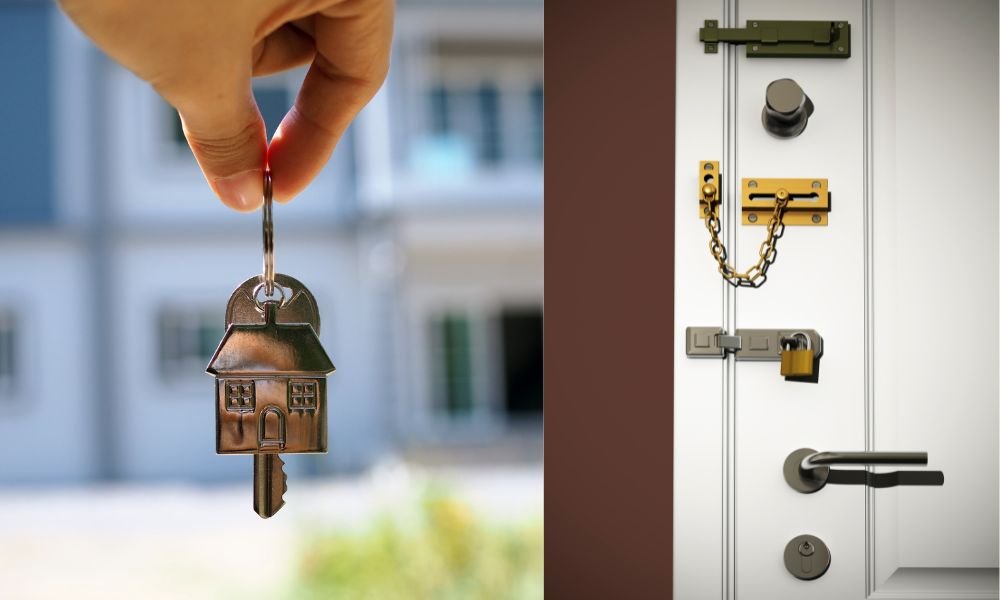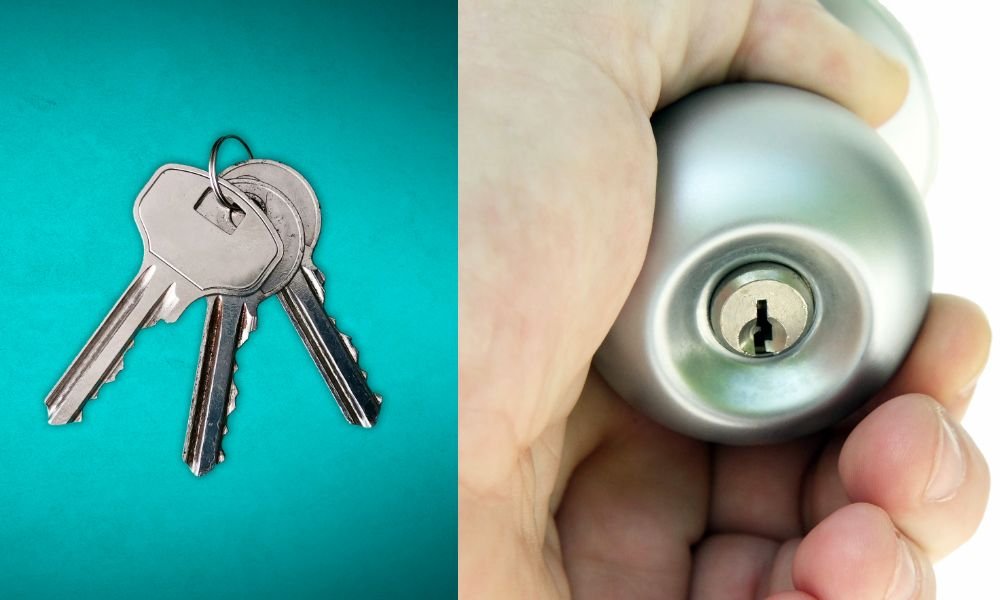Being locked out of your home or car can be frustrating, but with some ingenuity, you can open a door using a bobby pin. This simple technique, often seen in movies, is quite effective when done correctly. It’s important to note that this method should only be used in legal situations, such as when you’ve accidentally locked yourself out. In this blog post, we’ll explore the steps of how to open a door with a bobby pin and provide tips to improve your success rate.
Understanding the Mechanics of a Lock

Before diving into the process, it’s essential to understand how a standard pin tumbler security device works. These locks consist of a cylinder with pins that must align at the shear line to turn. When you insert a key, the ridges push the pins into the correct positions. By using a pin, you can mimic this action and manually set the pins to open the security device. Understanding these basics will help you grasp the concept and approach the task with greater confidence.
Choosing the Right Bobby Pins

Not all bobby pins are created equal. When selecting clips for picking, choose ones that are sturdy and not too flexible. A stronger pin will provide the necessary resistance when applying tension and pushing the lock pins. Additionally, make sure the pins are metal, as plastic ones won’t be effective. Preparing your tools properly is the first step toward successfully unlocking a door. Having the right equipment can make the difference between success and failure.
Creating the Tension Wrench

One of the bobby pins will need to be modified into a tension wrench. Start by bending the bobby pin to form a 90-degree angle. This will allow you to apply the right amount of pressure when inserting it into the security device. The tension wrench is essential for holding the lock’s clips in place as you manipulate them with the second bobby pin. Ensuring this tool is properly prepared will increase your chances of successfully opening the door.
Crafting the Lock Pick
With the tension wrench ready, the next step is to create the lock pick from the second bobby pin. Straighten the pin completely, then bend the very tip slightly to create a small hook. This hook will be used to push and lift the pins inside the lock. The pick needs to be narrow enough to fit into the lock’s keyhole without getting stuck. Crafting a precise pick will make it easier to manipulate the pins and open the lock.
Applying Tension to the Lock
Once your tools are ready, insert the tension wrench into the lower part of the keyhole. Apply gentle pressure in the direction you would turn the key if it were present. This pressure holds the clips in place once they’re set. It’s crucial to apply just the right amount of tension—not too much, but enough to prevent the pins from slipping back down. Mastering the application of tension is vital for successfully unlocking the door.
Manipulating the Lock Pins
With tension applied, use the lock pick to lift the clips inside the security device. Insert the pick into the keyhole’s upper part, and gently push each pin upward. As you lift each pin, you should feel or hear a slight click, indicating the pin has been set. Work slowly and methodically to ensure all the pins are properly aligned. This step requires patience and practice, but with time, you’ll develop the finesse needed to succeed.
Turning the Lock Cylinder
After setting all the pins, you’ll need to turn the lock cylinder using the tension wrench. If the clips are correctly aligned, the security device will turn smoothly, allowing you to open the door. If the cylinder doesn’t turn, try releasing some tension and adjusting the pins. This final step can be tricky, but with persistence and a steady hand, you’ll be able to unlock the door. Practice makes perfect, so keep refining your technique.
Conclusion
Opening a door with a bobby pin is a valuable skill that requires understanding, preparation, and practice. By following these outlined steps, you can develop the ability to unlock doors in situations where you’re locked out. Remember to use this technique responsibly and legally. With the right tools and a bit of patience, you’ll be able to master the art of lock picking and handle unexpected situations with confidence.



